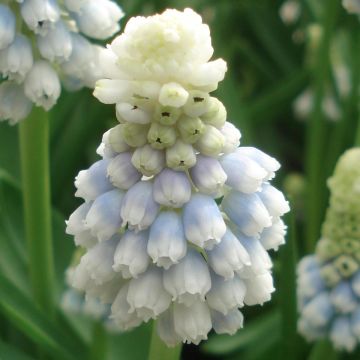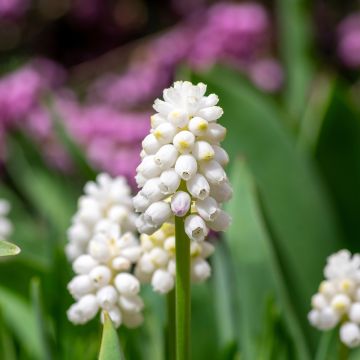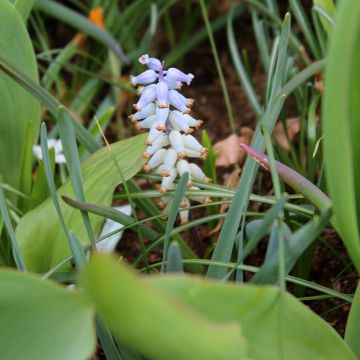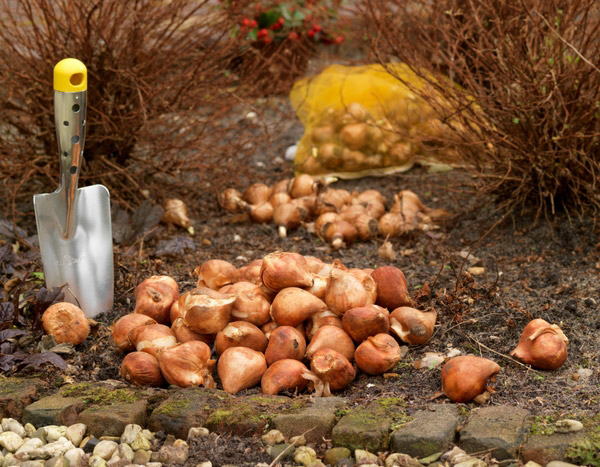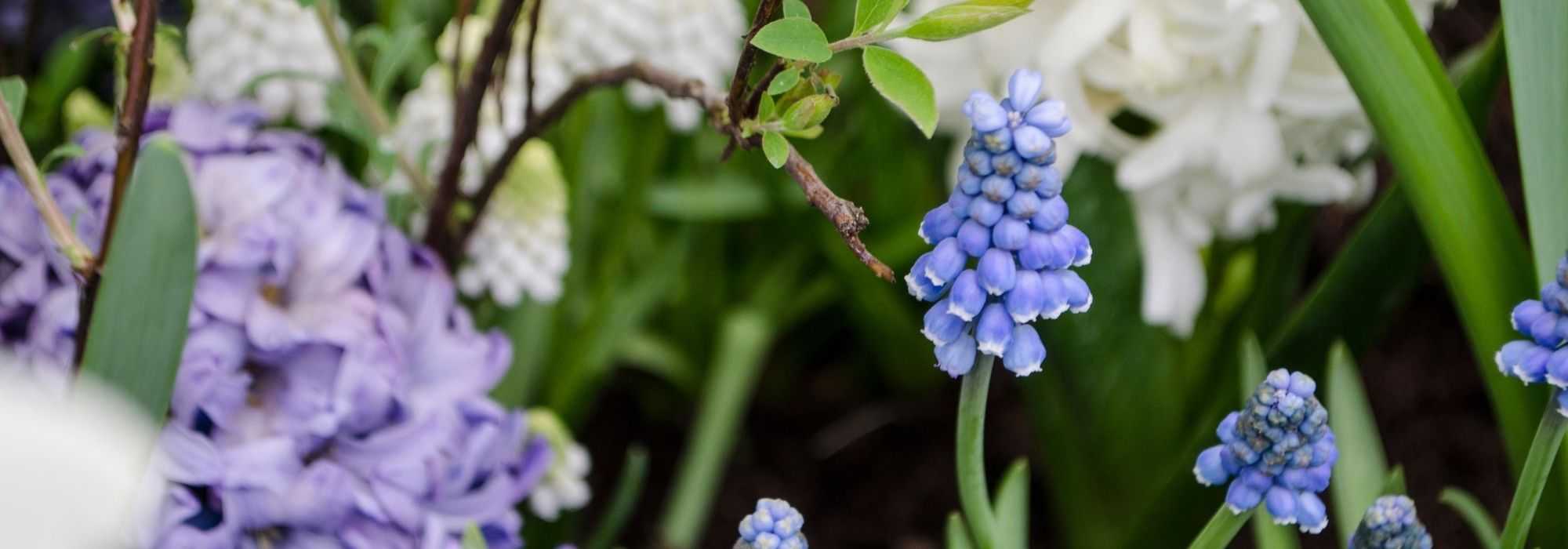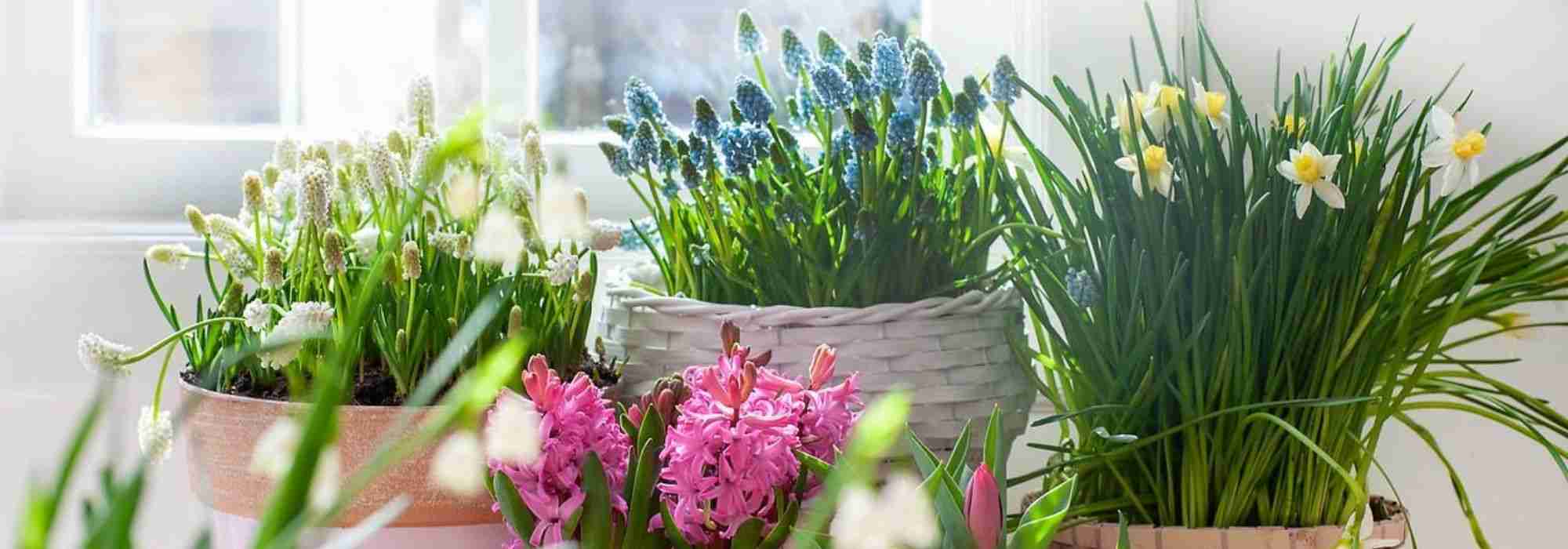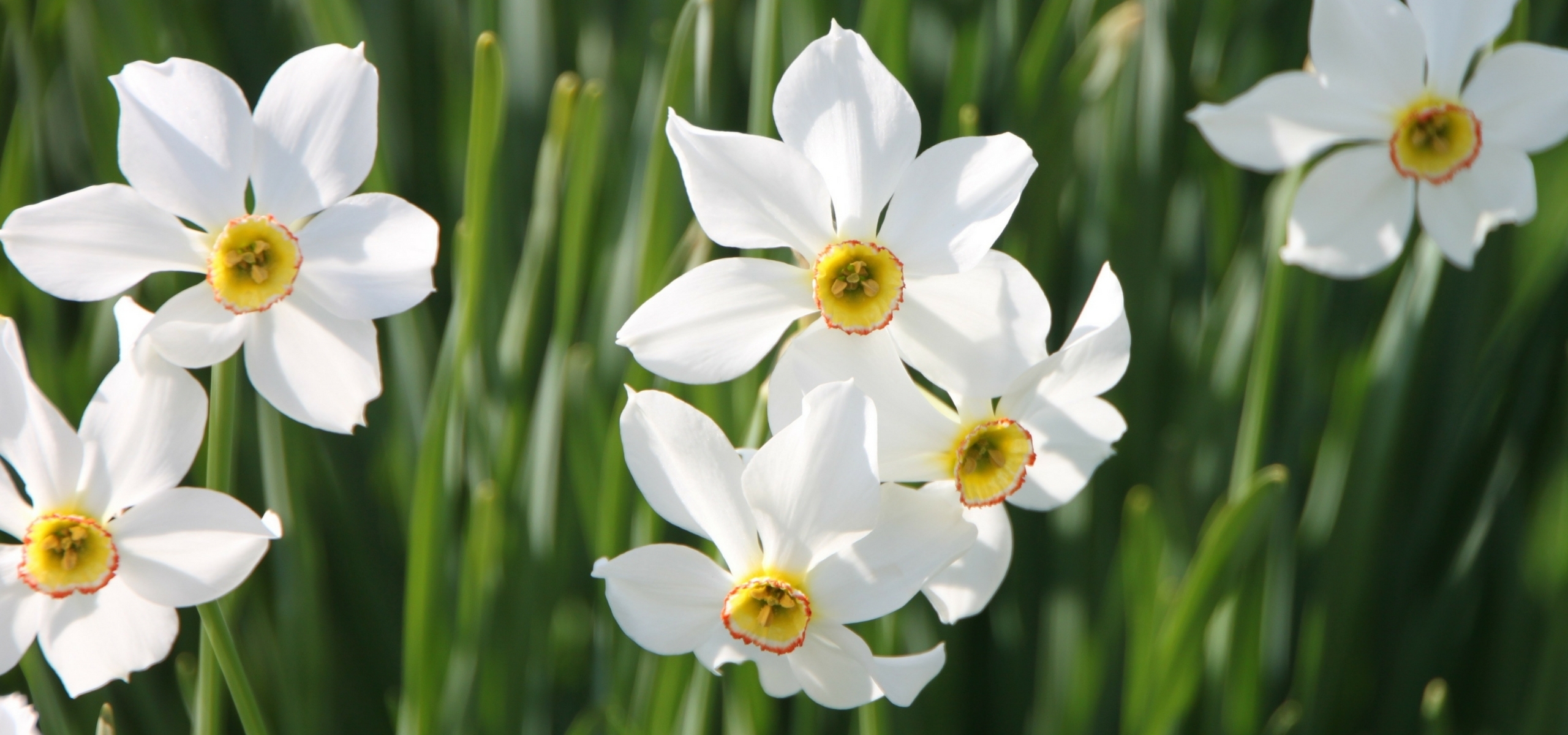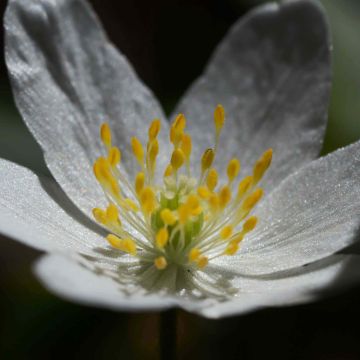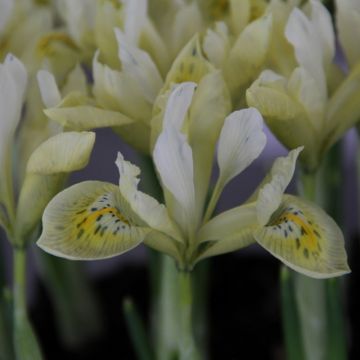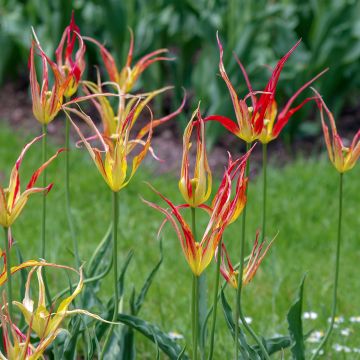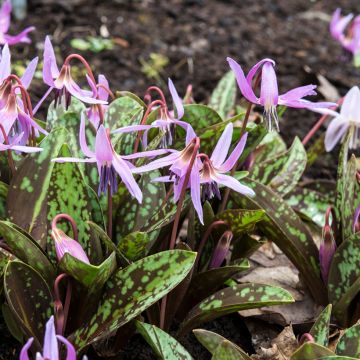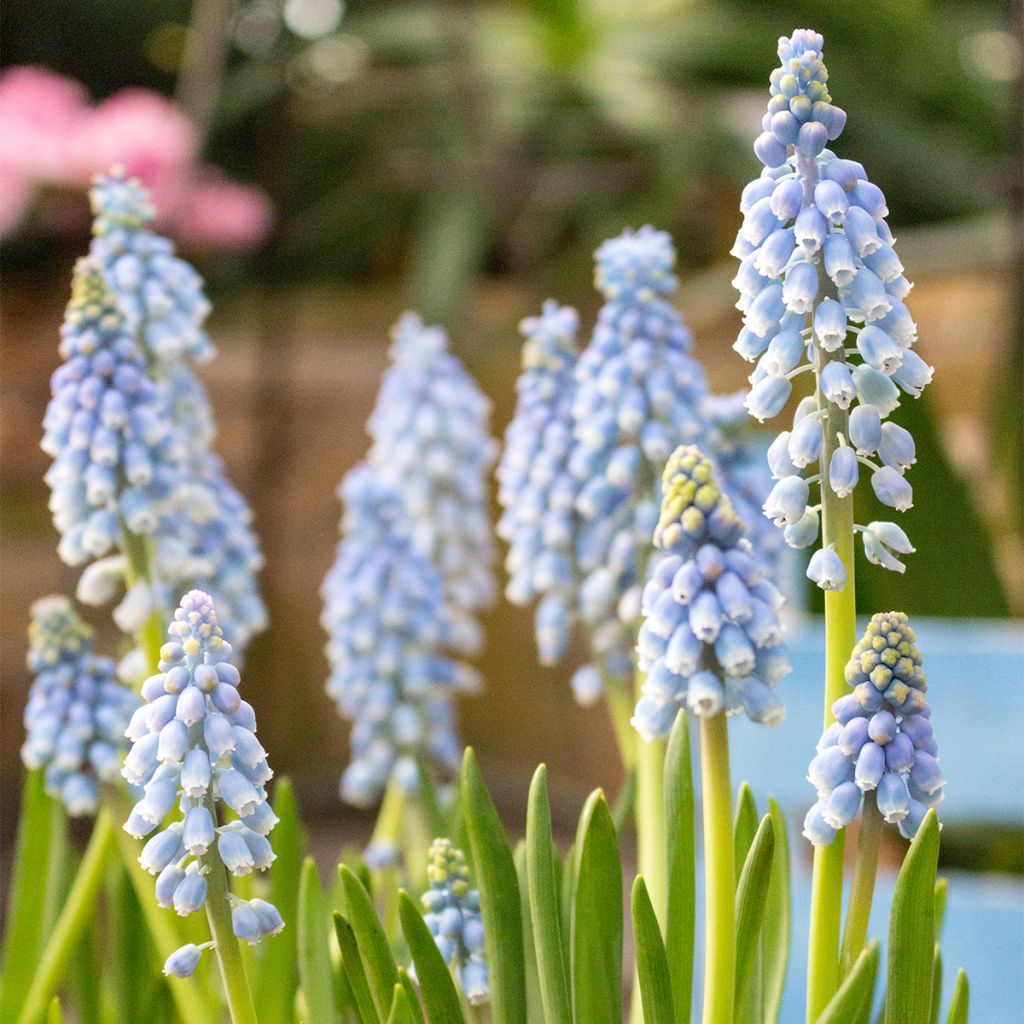

Muscari armeniacum Manon - Grape hyacinth
Muscari armeniacum Manon - Grape hyacinth
Muscari armeniacum Manon
Grape Hyacinth, Baby's Breath
Special offer!
Receive a €20 voucher for any order over €90 (excluding delivery costs, credit notes, and plastic-free options)!
1- Add your favorite plants to your cart.
2- Once you have reached €90, confirm your order (you can even choose the delivery date!).
3- As soon as your order is shipped, you will receive an email containing your voucher code, valid for 3 months (90 days).
Your voucher is unique and can only be used once, for any order with a minimum value of €20, excluding delivery costs.
Can be combined with other current offers, non-divisible and non-refundable.
Why not try an alternative variety in stock?
View all →This plant carries a 6 months recovery warranty
More information
We guarantee the quality of our plants for a full growing cycle, and will replace at our expense any plant that fails to recover under normal climatic and planting conditions.

Would this plant suit my garden?
Set up your Plantfit profile →
Description
Muscari armeniacum Manon is a variety which is remarkable for its flower spikes of an almost milky pastel blue, topped with light green buds, which emerge in April on short, sturdy stems. This refined, soft and luminous flowering makes it an excellent choice for brightening up borders, rockeries or spring containers. With its compact habit and adaptability, this hardy bulb prefers a light, well-drained soil and a sunny or partially shaded exposure. Thanks to its ability to naturalise and its delicate appearance, it integrates well into spring scenes with a natural or structured style.
Muscari 'Manon' belongs to the Asparagaceae family. It is a cultivar of Muscari armeniacum, a botanical species native to Mediterranean regions and Asia Minor, particularly Turkey, the Caucasus and Armenia. It is a horticultural selection, introduced to the market by Brent & Becky's Bulbs, valued for its very particular colouring: conical flower spikes of an almost milky pastel blue with soft green terminal buds, subtly contrasting with the sky-blue base. This variety has a low, compact and bushy habit, reaching 10–20 cm in height with a spread of 10 cm both in the ground and in pots. The growth rate is moderate to fast: bulbs planted in autumn produce 1 to 3 flower stems in the first year, while the dark green linear foliage appears in autumn, persists in mild climates, then disappears after flowering in spring. The 9 cm bulb produces a superficial fibrous root system, which can naturalise via bulblets over time. The flowers appear in March-April, forming 20 to 40 small tubular tepals of 5–10 mm each, arranged in conical racemes of 5–10 cm. The flowering follows a bottom-up pattern of open flowers and each stem bears on average 1 to 3 inflorescences. The slightly fragrant flowers have a soft grape aroma. The deciduous foliage is linear. It persists until drying out after flowering, essential for replenishing the bulb's reserves. The smooth, cylindrical stems stand firm. The bulb is spherical, enveloped in a typical fibrous network. It should be planted at a depth of 8–10 cm in a well-draining substrate.
In a garden that highlights spring light, Muscari Manon finds its perfect place where pale tones gain prominence, between the grey of a Japanese stepping stone and young chartreuse foliage. Planted en masse at the foot of late perennials, it emerges in April like a powdery cloud, discreet but essential. It can be combined with other early bulbs, from the piercing whiteness of Narcissus 'Thalia', to the fine porcelain blue of Scilla mischtschenkoana 'Tubergeniana' or the misty elegance of Iris reticulata 'Sheila Ann Germaney'. In a pot, it becomes a poetic miniature on a patio table, where its refinement can be fully appreciated.
Plant habit
Flowering
Foliage
Botanical data
Muscari
armeniacum
Manon
Asparagaceae
Grape Hyacinth, Baby's Breath
Cultivar or hybrid
Planting and care
Plant your Muscari Manon as soon as possible in well-drained soil. Loosen the soil deeply. Plant at a depth of 8 cm (bulbs should be covered with twice their height of soil). Space the bulbs 8 cm apart, ensuring they do not touch each other. Choose a sunny position for better flowering. Muscari armeniacum is not demanding regarding soil type and is perfectly hardy in most regions, even those that are dry in summer. Divide the bulbs every 4 years at most. If you grow it in pots, you will need to ensure regular watering and provide fertiliser after flowering so the bulb can replenish its reserves.
Planting period
Intended location
Care
Planting & care advice
This item has not been reviewed yet - be the first to leave a review about it.
Similar products
Haven't found what you were looking for?
Hardiness is the lowest winter temperature a plant can endure without suffering serious damage or even dying. However, hardiness is affected by location (a sheltered area, such as a patio), protection (winter cover) and soil type (hardiness is improved by well-drained soil).

Photo Sharing Terms & Conditions
In order to encourage gardeners to interact and share their experiences, Promesse de fleurs offers various media enabling content to be uploaded onto its Site - in particular via the ‘Photo sharing’ module.
The User agrees to refrain from:
- Posting any content that is illegal, prejudicial, insulting, racist, inciteful to hatred, revisionist, contrary to public decency, that infringes on privacy or on the privacy rights of third parties, in particular the publicity rights of persons and goods, intellectual property rights, or the right to privacy.
- Submitting content on behalf of a third party;
- Impersonate the identity of a third party and/or publish any personal information about a third party;
In general, the User undertakes to refrain from any unethical behaviour.
All Content (in particular text, comments, files, images, photos, videos, creative works, etc.), which may be subject to property or intellectual property rights, image or other private rights, shall remain the property of the User, subject to the limited rights granted by the terms of the licence granted by Promesse de fleurs as stated below. Users are at liberty to publish or not to publish such Content on the Site, notably via the ‘Photo Sharing’ facility, and accept that this Content shall be made public and freely accessible, notably on the Internet.
Users further acknowledge, undertake to have ,and guarantee that they hold all necessary rights and permissions to publish such material on the Site, in particular with regard to the legislation in force pertaining to any privacy, property, intellectual property, image, or contractual rights, or rights of any other nature. By publishing such Content on the Site, Users acknowledge accepting full liability as publishers of the Content within the meaning of the law, and grant Promesse de fleurs, free of charge, an inclusive, worldwide licence for the said Content for the entire duration of its publication, including all reproduction, representation, up/downloading, displaying, performing, transmission, and storage rights.
Users also grant permission for their name to be linked to the Content and accept that this link may not always be made available.
By engaging in posting material, Users consent to their Content becoming automatically accessible on the Internet, in particular on other sites and/or blogs and/or web pages of the Promesse de fleurs site, including in particular social pages and the Promesse de fleurs catalogue.
Users may secure the removal of entrusted content free of charge by issuing a simple request via our contact form.
The flowering period indicated on our website applies to countries and regions located in USDA zone 8 (France, the United Kingdom, Ireland, the Netherlands, etc.)
It will vary according to where you live:
- In zones 9 to 10 (Italy, Spain, Greece, etc.), flowering will occur about 2 to 4 weeks earlier.
- In zones 6 to 7 (Germany, Poland, Slovenia, and lower mountainous regions), flowering will be delayed by 2 to 3 weeks.
- In zone 5 (Central Europe, Scandinavia), blooming will be delayed by 3 to 5 weeks.
In temperate climates, pruning of spring-flowering shrubs (forsythia, spireas, etc.) should be done just after flowering.
Pruning of summer-flowering shrubs (Indian Lilac, Perovskia, etc.) can be done in winter or spring.
In cold regions as well as with frost-sensitive plants, avoid pruning too early when severe frosts may still occur.
The planting period indicated on our website applies to countries and regions located in USDA zone 8 (France, United Kingdom, Ireland, Netherlands).
It will vary according to where you live:
- In Mediterranean zones (Marseille, Madrid, Milan, etc.), autumn and winter are the best planting periods.
- In continental zones (Strasbourg, Munich, Vienna, etc.), delay planting by 2 to 3 weeks in spring and bring it forward by 2 to 4 weeks in autumn.
- In mountainous regions (the Alps, Pyrenees, Carpathians, etc.), it is best to plant in late spring (May-June) or late summer (August-September).
The harvesting period indicated on our website applies to countries and regions in USDA zone 8 (France, England, Ireland, the Netherlands).
In colder areas (Scandinavia, Poland, Austria...) fruit and vegetable harvests are likely to be delayed by 3-4 weeks.
In warmer areas (Italy, Spain, Greece, etc.), harvesting will probably take place earlier, depending on weather conditions.
The sowing periods indicated on our website apply to countries and regions within USDA Zone 8 (France, UK, Ireland, Netherlands).
In colder areas (Scandinavia, Poland, Austria...), delay any outdoor sowing by 3-4 weeks, or sow under glass.
In warmer climes (Italy, Spain, Greece, etc.), bring outdoor sowing forward by a few weeks.






























